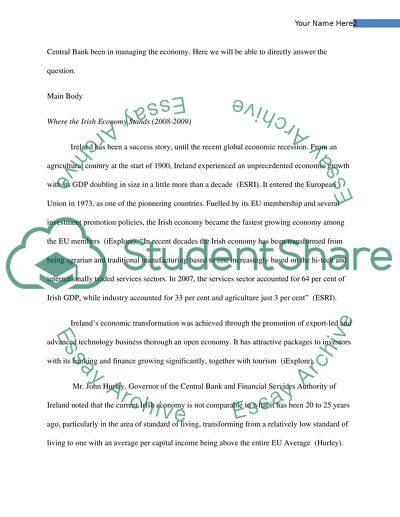Cite this document
(“The Irish Economy Essay Example | Topics and Well Written Essays - 2500 words”, n.d.)
The Irish Economy Essay Example | Topics and Well Written Essays - 2500 words. Retrieved from https://studentshare.org/politics/1517916-the-irish-economy
The Irish Economy Essay Example | Topics and Well Written Essays - 2500 words. Retrieved from https://studentshare.org/politics/1517916-the-irish-economy
(The Irish Economy Essay Example | Topics and Well Written Essays - 2500 Words)
The Irish Economy Essay Example | Topics and Well Written Essays - 2500 Words. https://studentshare.org/politics/1517916-the-irish-economy.
The Irish Economy Essay Example | Topics and Well Written Essays - 2500 Words. https://studentshare.org/politics/1517916-the-irish-economy.
“The Irish Economy Essay Example | Topics and Well Written Essays - 2500 Words”, n.d. https://studentshare.org/politics/1517916-the-irish-economy.


